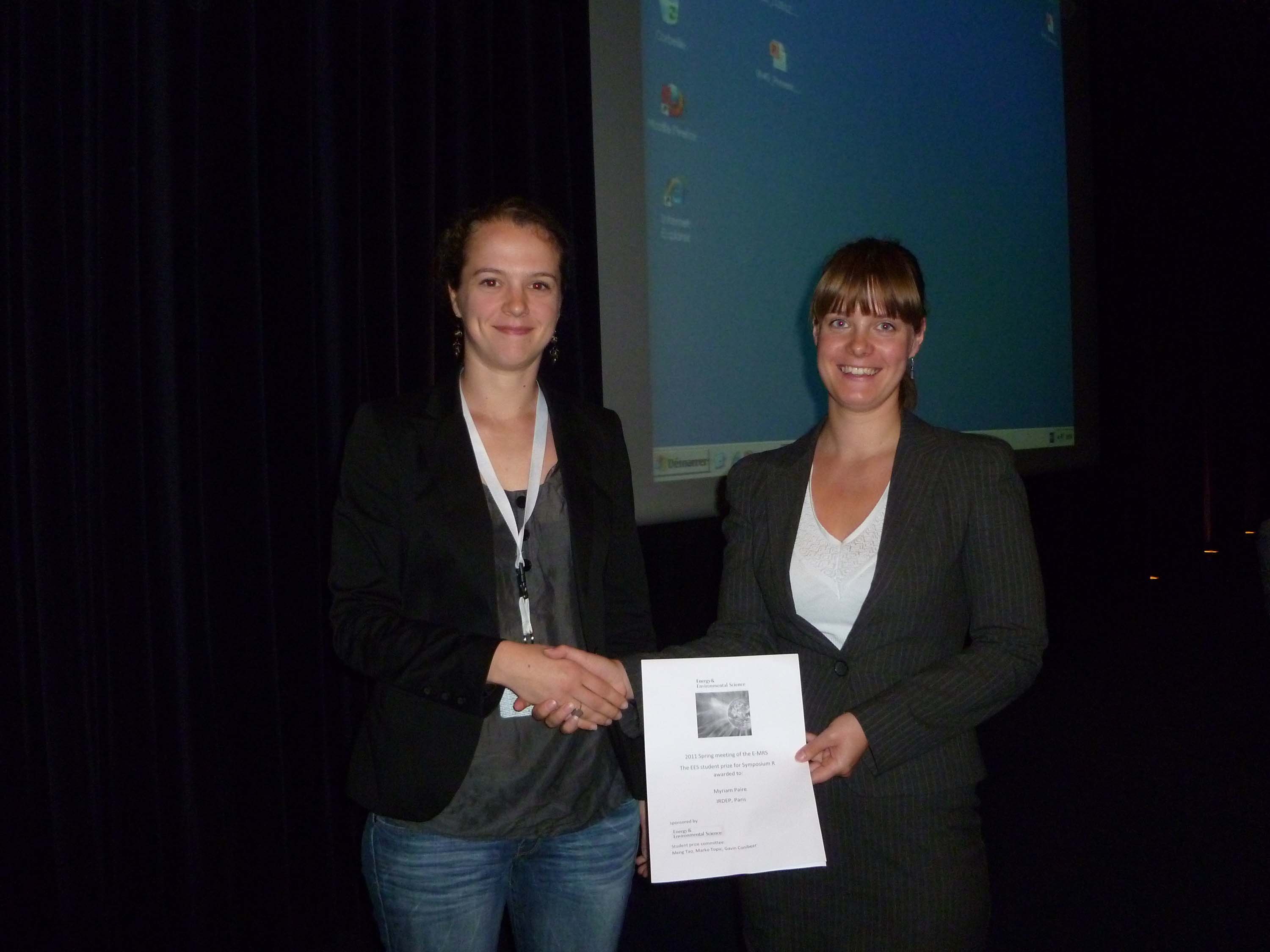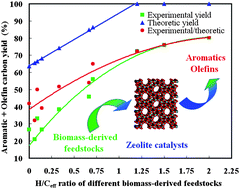The world’s first spent nuclear fuel repository concept (Swedish KBS-3) has been illustrated by a team from Sweden.
The researchers looked at what happens when canisters containing spent fuel are breached at the early stages of disposal. In deoxygenated synthetic groundwater (2 mM NaHCO3), under radiation, leaching rates of fission products (137Cs, 90Sr and 99Tc) and actinides (238U, 237Np) from a spent fuel segment were found to be around 10-6 and 10-7 per day, respectively.
The team found that a cast-iron canister surface could immobilise 238U, 90Sr, 99Tc and 237Np dissolved from spent fuel, but a copper surface could not. In the presence of the oxidative species generated from water radiolysis, the corrosion rates of waste canister materials, copper and cast-iron were found to be 1 and 30 mm per year, respectively. The observation of insignificant dissolution of spent fuel in the leaching solution equilibrated with 0.1 atm H2 is explained by the reducing effects of H2 in the presence of fission-product alloy particles (Mo–Tc–Ru–Rh–Pd) as catalysts and dissolved Fe(II) in groundwater.
Reference:
Environmental behaviors of spent nuclear fuel and canister materials
D Cui, J Low and K Spahiu
Energy Environ. Sci., 2011, DOI: 10.1039/c0ee00582g












 Energy & Environmental Science ‘HOT’ paper
Energy & Environmental Science ‘HOT’ paper


 Very low temperature membrane-free desalination by directional solvent extraction
Very low temperature membrane-free desalination by directional solvent extraction